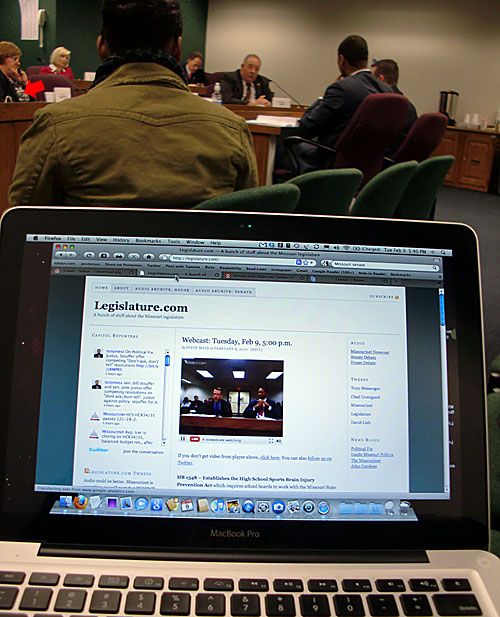The headline above drew my attention to a post by Robert Niles in the Online Journalism Review. Mr. Niles has worked as an editorial writer and reporter for several newspapers, including the Los Angeles Times, Rocky Mountain News, Omaha World-Herald and the (Bloomington, Ind.) Herald-Times.
“As the 21st century progresses, going to school to major in writing and shooting stories will become like going to school to learn breathing. What’s the point? It’s a ubiquitous activity that everyone learns on his or her own long before college. With so many more people getting their 10,000 hours of writing and shooting early in life, more people than ever are able now technically to report to others the news that they encounter. What’s the value in being a journalist when everyone is doing journalism? [emphasis mine]
“Yes, news organizations must find new production models that allow them to remain profitable in a competitive publishing market. But news publishers must also reconsider whom they’re hiring. Journalism schools must also reconsider the instruction that they provide.”
“There’s no longer any use in merely teaching people to write to a formula and conform to a specific style book. While those skills had enough value a generation ago for an individual to build a career, the new, hyper-literate media marketplace has rendered those skills – in isolation – as practically worthless.”
I remember when the number one requirement for getting an on-air job at a radio station was a pleasant speaking voice. A “good set of pipes.” If you could think while speaking into a microphone, better still but not a deal breaker.
If you were going to work in the news department (yes, radio stations used to have entire departments for news gathering), you also needed to know how to write a story (IN ALL CAPS) that included “sound bites.”
In an earlier post I referred to the RTNDA (Radio and Television News Directors Association). That was incorrect. It’s now RTDNA: Radio Television Digital News Association. An acknowledgment that news is happening some place other than on radio and television. When any website can have audio and video (that would be called “now”), one has to wonder if DNA might be the more apt acronym (already taken).
And when ALL news is digital, will it be the News Association. And when everyone is producing news…
I’ve struggled to understand why so many of the journalists I know resist learning the new skills Mr. Niles refers to. I’ve concluded it would be an acknowledgment that the skills they’ve worked so long to hone are no longer enough. It would be –in some sense– like starting over. No thank you.
We have an opening in one of our newsrooms now. I won’t be involved in recruiting and filling the position. For that I am grateful.
Disclaimer: I am not a journalist. I did not go to journalism school. I went to keep-my-deferment-and-stay-out-of-Viet-Nam-school.


